

War of 1812 Weekend
After losing Fort Mackinac and failing to take it back during the War of 1812, American soldiers returned to Fort Mackinac in 1815. These soldiers not only played an important


After losing Fort Mackinac and failing to take it back during the War of 1812, American soldiers returned to Fort Mackinac in 1815. These soldiers not only played an important
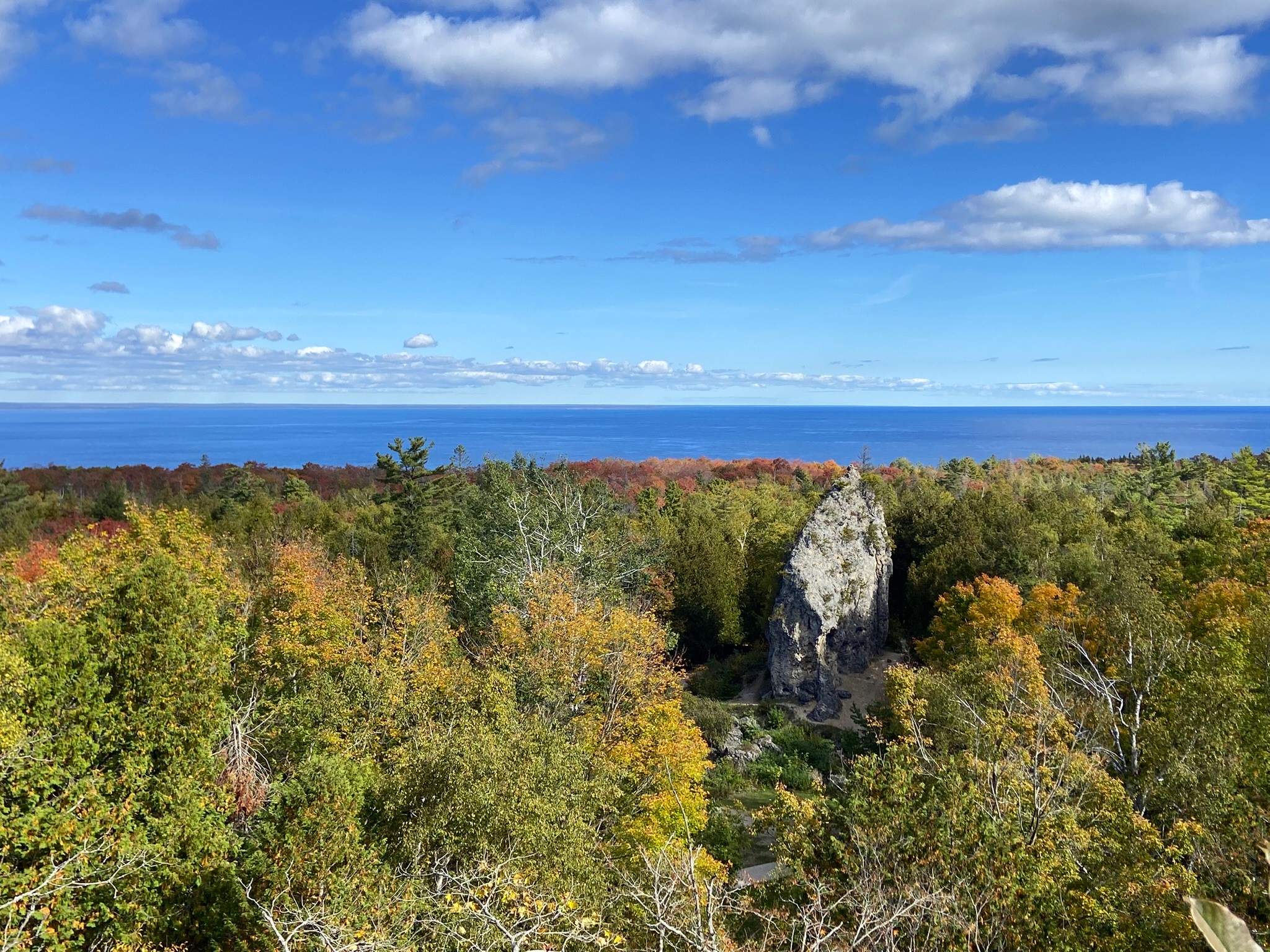

By October, autumn on Mackinac Island is in full splendor, and the island has attracted visitors to gaze in its autumnal beauty for hundreds of years. Author Constance Fenimore Woolson, for instance, wrote of the “gorgeous autumn tints on the trees.”
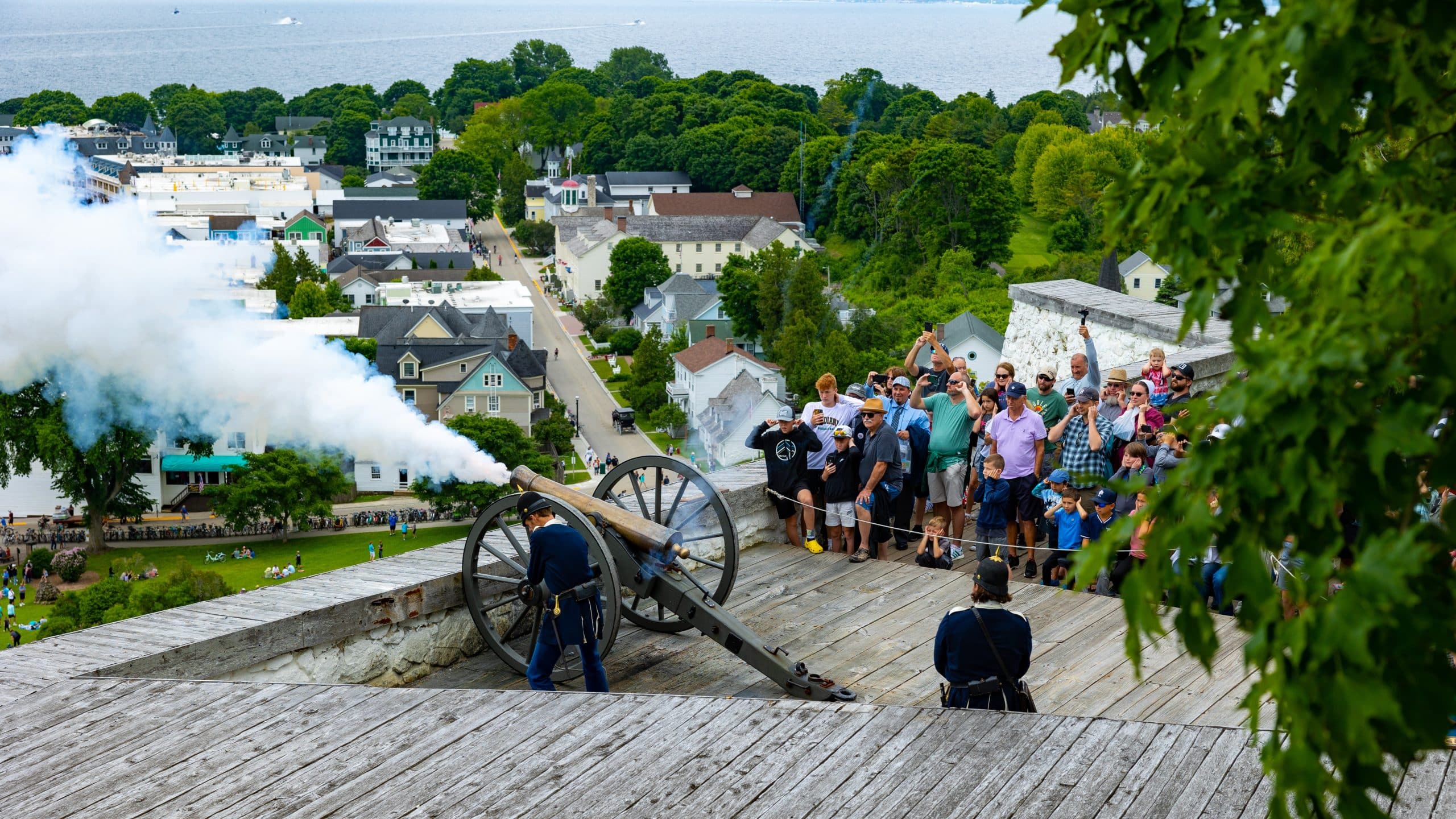

Have an interest in the blacksmith shop on the island? Love the black-powder weapons programs at Fort Mackinac and Colonial Michilimackinac? Ever wondered how you can help out? Learn more here:
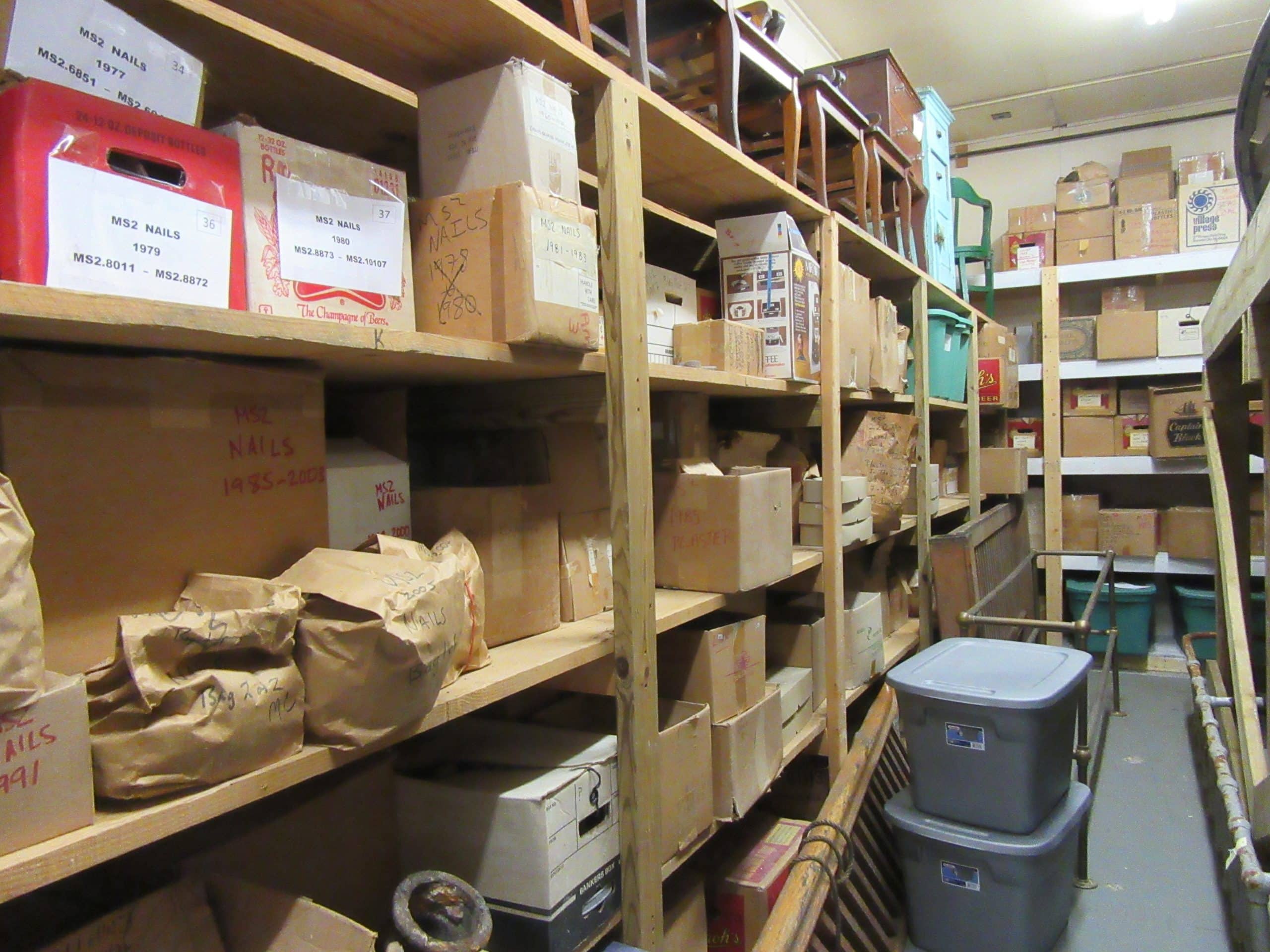

Remember the end of “Raiders of the Lost Ark” as the Ark of the Covenant is being wheeled into the giant warehouse for storage? Want to know how that relates to a three-year project concluding at Mackinac State Historic Parks? Read on:


William Whistler joined the United States Army in 1801 and served for more than 60 years, including three stints at Fort Mackinac. Today we take a dive into our collection and look at two fine pistols that belonged to Whistler.
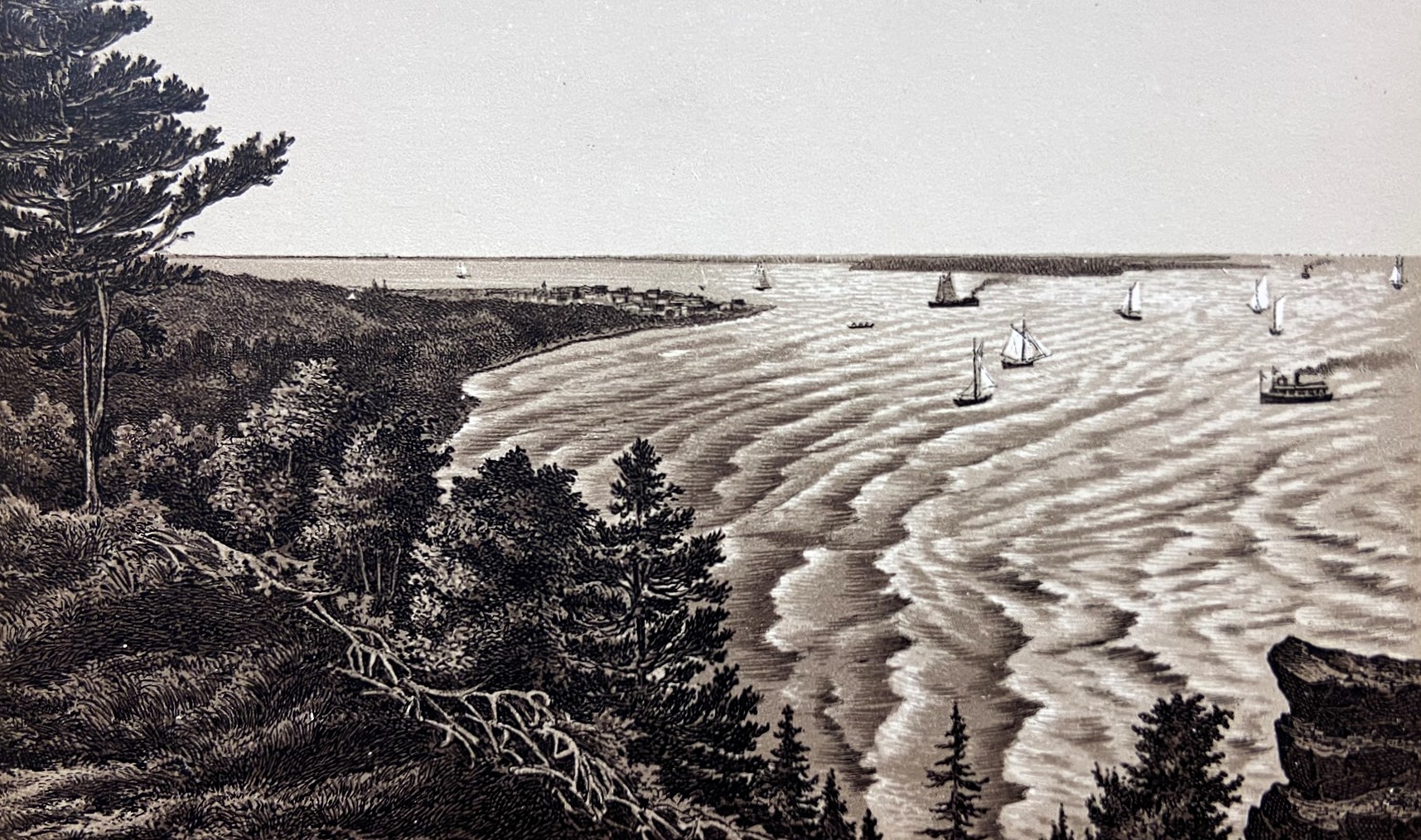

Let’s revisit an article originally posted in 1875 exploring the newly created Mackinac National Park.
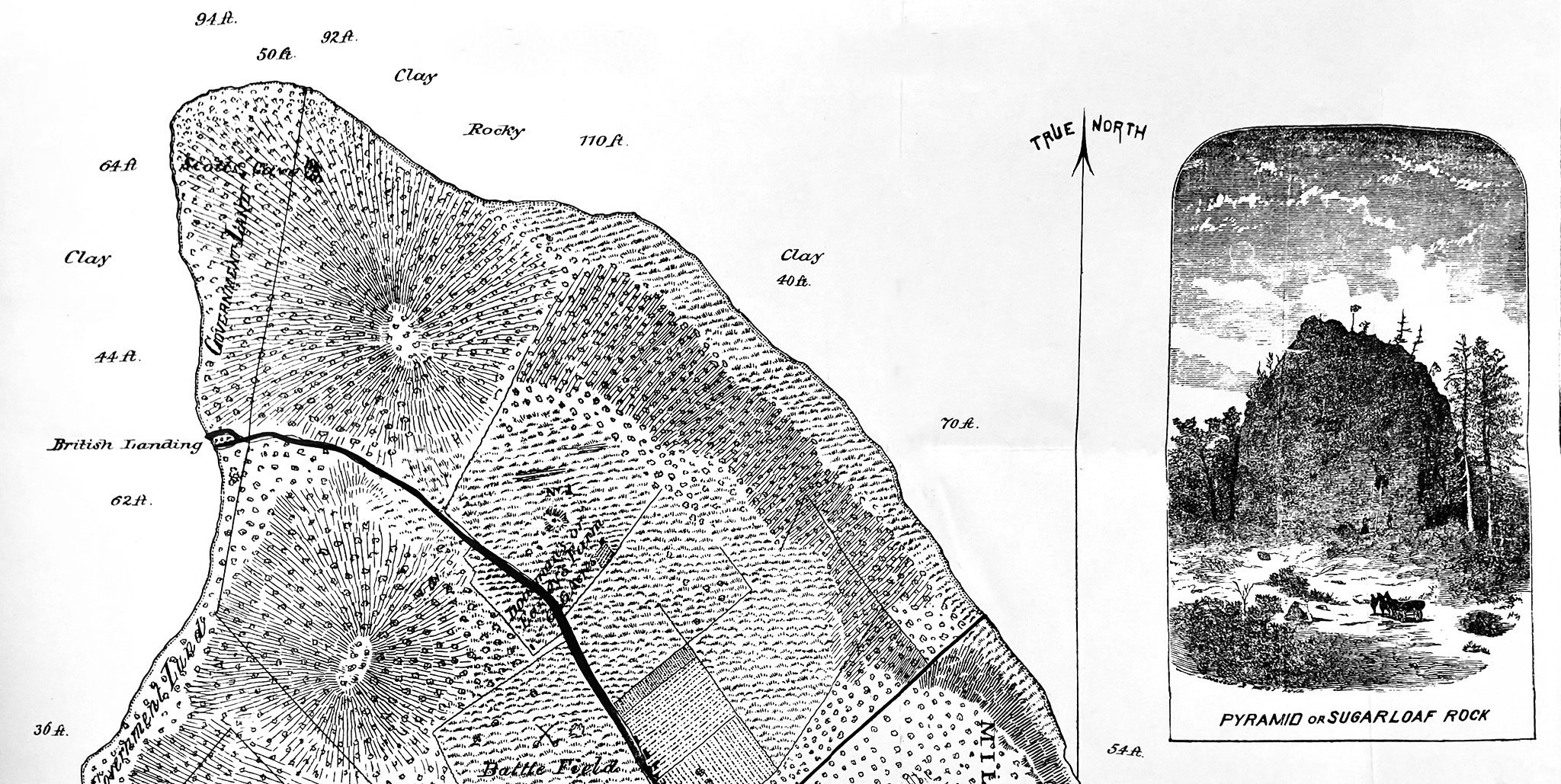

As we commemorate the 150th anniversary, let’s revisit an article titled “Beautiful Mackinac,” originally published June 4, 1875, to celebrate Mackinac National Park.
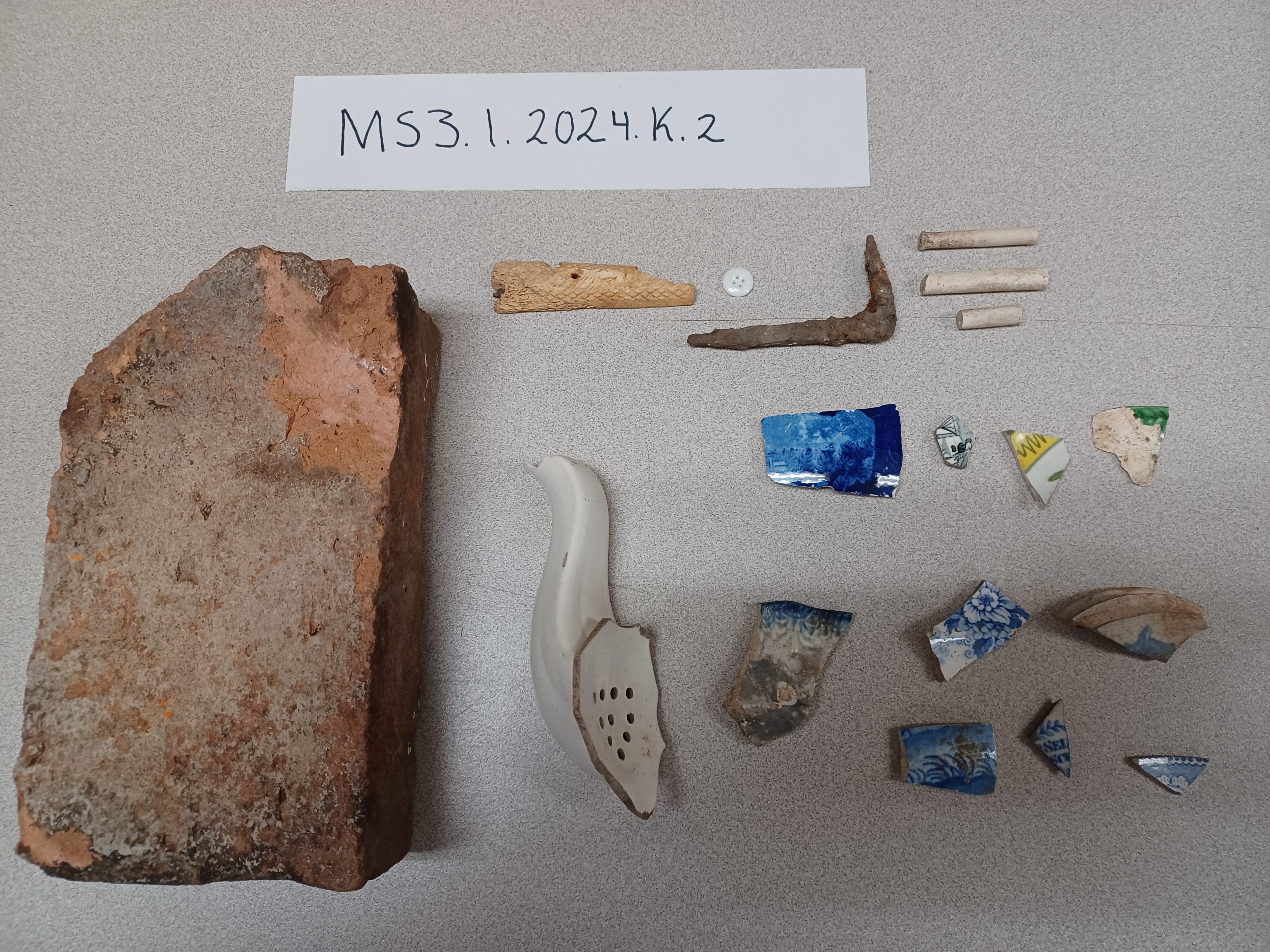

Thanks to a onetime influx of infrastructure money, Mackinac State Historic Parks is in the middle of a construction boom. Archaeological potential is considered during project planning, and testing and monitoring are carried out when appropriate. Here is a rundown of what’s been a very busy winter:


Mackinac State Historic Parks offers 10 stunning wedding venues throughout its family of historic sites and state parks. Learn about them here: